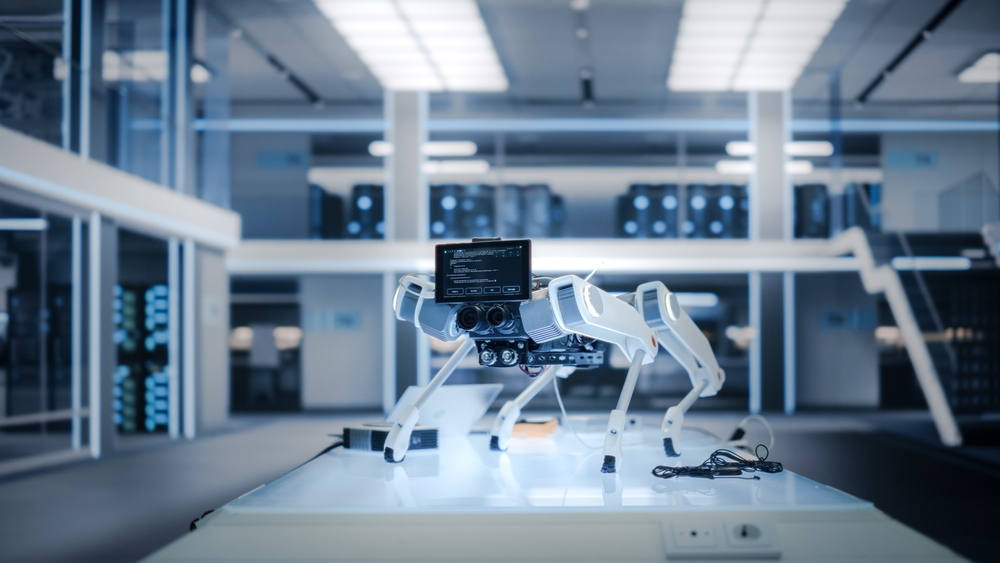
In a groundbreaking fusion of robotics and artificial intelligence, researchers from China and Brazil have developed a cutting-edge solution to combat the invasive Red Imported Fire Ant (RIFA) using a dog-like robot. Published in Pest Management Science, this innovative approach highlights how the “CyberDog” robot, equipped with advanced AI, can automate the identification and control of these globally destructive pests.
Revolutionizing Fire Ant Detection
The CyberDog, integrated with a sophisticated AI model, has demonstrated remarkable efficiency in locating RIFA nests. Field tests reveal that this robotic system identifies three times more nests with higher accuracy than human inspectors. Eduardo Fox, a postdoctoral researcher at the State University of Goiás and a key author of the study, emphasizes the advantages of this technology: “Fire ant nests are challenging to detect and confirm, especially under extreme weather conditions. A robot can perform this task autonomously, saving time and resources.”
A Growing Threat
RIFA, accidentally introduced to the United States in the 1930s, have spread across various continents, causing severe environmental damage and economic losses. These ants outcompete local species and damage agricultural crops, making effective monitoring and control crucial. Traditional methods often involve pesticides, which can harm native ecosystems.
AI-Powered Precision
The CyberDog uses a machine learning model trained on over 1,100 images of RIFA nests, achieving a detection precision rate of over 90%. During field tests, the robot’s ability to disturb nests and observe aggressive responses from ants was essential for distinguishing active mounds from inactive ones. Hualong Qiu from Guangdong Academy of Forestry notes, “The robot’s performance was compared with that of trained human inspectors, and it significantly outperformed them.”
Challenges and Future Prospects
Despite the promising results, there are challenges in scaling up this technology. Zheng Yan from Lanzhou University highlights issues such as battery life and high costs associated with more agile robots. However, he remains optimistic: “While the current costs are high, we believe that as production scales, prices will decrease.”
This development not only represents a significant leap in pest control technology but also serves as a tool to raise public awareness about the dangers of invasive species. For more details, visit the full article on Techxplore.




